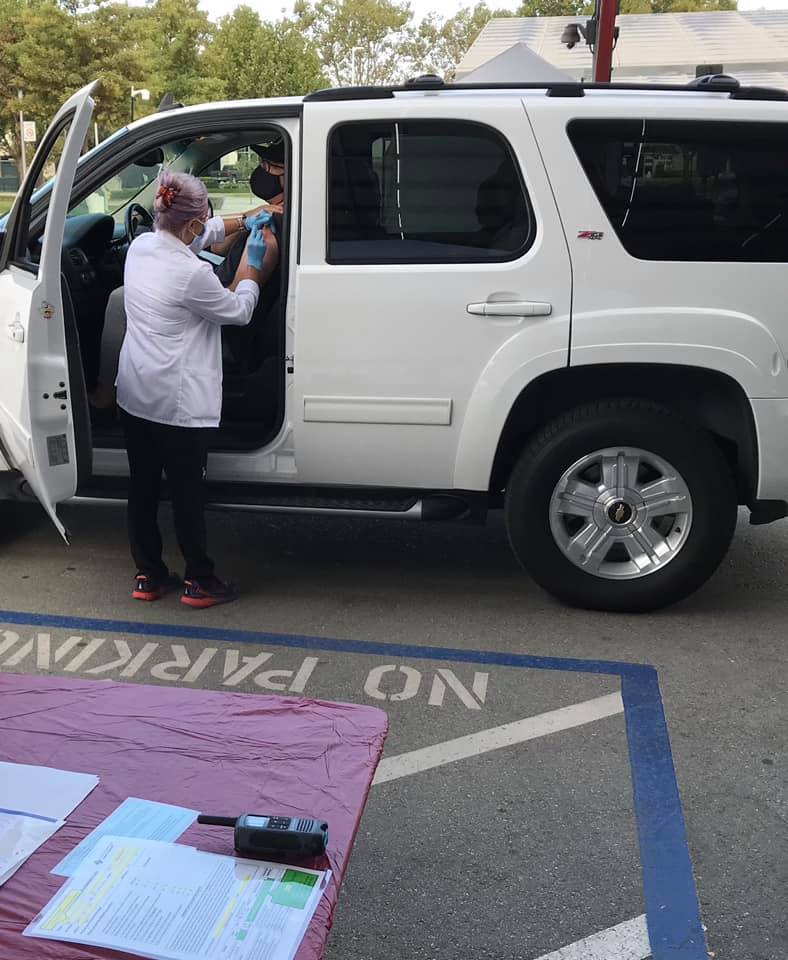Community Voices … with Mike Wasserman: As we navigate Omicron variant, know when the right time is to get tested
The county continues to test individuals at its various mass testing sites and clinics. Visit sccfreetest.org.
![]()
By Mike Wasserman

Mike Wasserman
Do you need to get tested? What kind of test should you get? With a high demand for COVID-19 testing locally and throughout the nation, the County of Santa Clara Public Health Department is offering guidance to those unsure of what kind of test to use and whether or not they need one.
The testing options are:
- Antigen test, which is also available for home use.
- PCR test, typically administered in a clinic or drive-through operation.
The county recommends antigen tests be used for purposes of shortening isolation or quarantine periods for those who have tested positive or been exposed to a person with COVID. Positive antigen results should be recognized as valid — there is no need for a follow up PCR test at a healthcare or county facility.

A resident receives a COVID-19 vaccine in a drive-through setting in December. Health officials said in mid January that those 75 and older are next in line to get a inoculation.
Photo courtesy Santa Clara County Public Health
Department
Note: People who have previously tested positive within the past 90 days should not get tested again during that time frame unless they have new symptoms — in which case they should use an antigen test.
PCR tests are generally more sensitive, but antigen tests are good at detecting when people are most infectious. Patients of all healthcare systems have a right to a test from their provider if they have symptoms or have been exposed to an individual who has COVID-19.
You should get tested if: You have new symptoms that might mean you have COVID: Fatigue, headache, body/muscle aches, cough, fever, sore throat, and/or congestion.
If you have new symptoms and you are at high risk for severe illness from COVID because of other medical conditions, older age, or having a compromised immune system, it is especially important to get tested because if you test positive, you may qualify for early treatment to reduce your risk of severe illness.
You may consider getting tested if:
- It’s been two to five days after you have a known exposure to someone with COVID, especially if you are unvaccinated or have symptoms.
You should not get tested with PCR testing if you have already tested positive by a home/antigen test. Assume you have COVID and isolate accordingly. Do not get tested again at a testing lab — it is unnecessary and uses resources that could be used to test another individual.
 You do not need to get tested again if you tested positive in the past 90 days unless you are newly symptomatic or required to quarantine — if this is your situation, use a home/antigen test.
You do not need to get tested again if you tested positive in the past 90 days unless you are newly symptomatic or required to quarantine — if this is your situation, use a home/antigen test.
Under the Sept. 16, 2020 health order, large healthcare providers are legally required to provide prompt testing to patients who are symptomatic or have been exposed to someone who has COVID. However, the emergency room is for patients who are very sick and need emergency care. It is not for COVID testing.
The county continues to test individuals at its various mass testing sites and clinics. Visit sccfreetest.org.
Home antigen tests are a valuable tool. Health insurers nationwide are required to cover the costs of up to eight at-home COVID tests per month. A positive result on an antigen test should be considered final; an additional PCR test should not be done. Home antigen tests are available through pharmacies, various retail stores as well as online vendors.
Workplaces, schools, and childcare facilities are encouraged to accept results from home testing so individuals do not need to go to a testing site or healthcare provider.
If you have symptoms and are unable to get tested, assume you have COVID and follow isolation guidelines. If members of your household are having similar symptoms, and at least one of them tests positive, assume all have COVID.
Mike Wasserman is the county supervisor for District 1. This column was originally published in his newsletter.

